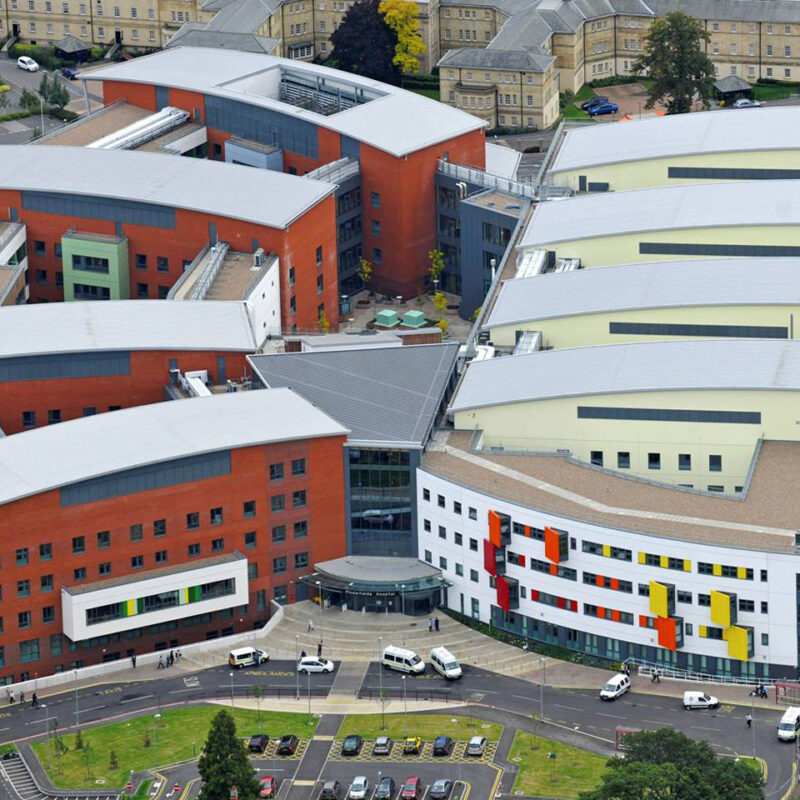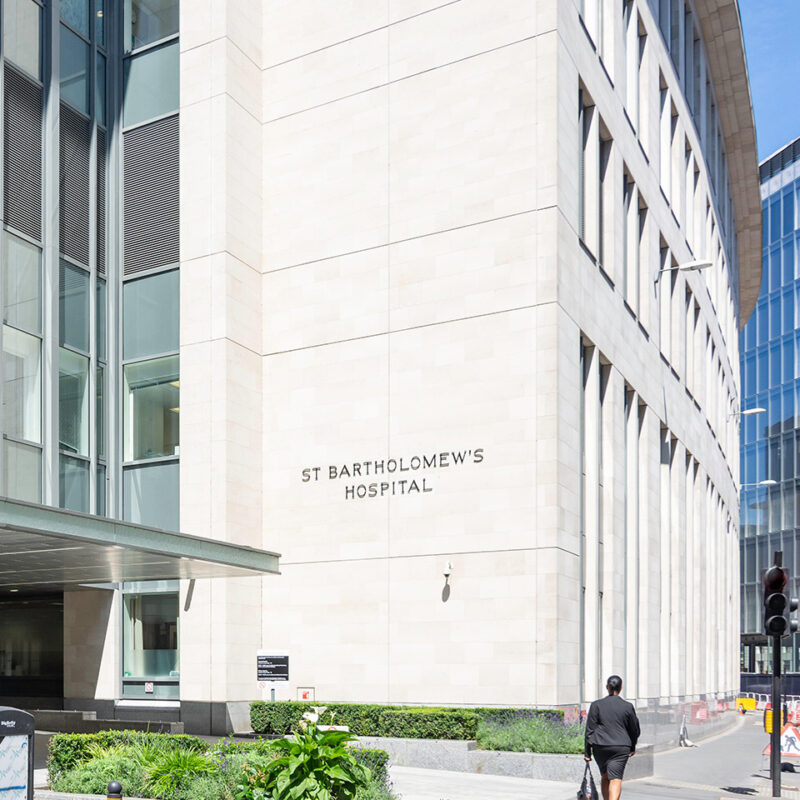August 2023
Have you considered the range of assets that transfer in a PPP Expiry?

There has been regular discussion in the UK about the expiry of contracts and the asset transition from PPP project assets into the future delivery model.
These assets have a social value, providing key functions and services to their local communities. Identifying and understanding the assets will be key to the successful transition from the PPP contract to the post-concession model.
In the published guidance on Preparing for PFI Contact Expiry, the UK Infrastructure and Projects Authority stresses that “Early but cost-effective steps will need to be taken to increase awareness and active management of the contract in advance of expiry, understand the assets, systems and people involved in the exit and transition process, build supportive relationships with other parties, and obtain information from the PPP project needed to shape and plan the future provision of services.”
It is in the interests of all stakeholders in a PPP project to build a shared view of what assets are present, and the information that supports them, and to ensure these are
considered in the planning for future services.
What is an Asset?
There are various definitions available but the examples below highlight different ways of considering what is an asset:
“an item of property” – a physical, tangible item. An example in a PPP project might be a building or an item of furniture within it.
“something that is owned by a person, company, or organization, such as money, property, or land” – still tangible, but with a broader definition of being all the things that
are owned by an entity.
“a useful or valuable thing or person” – a still broader definition that includes people and their skills. Without people to operate and service them, is the “property” in the earlier definitions really of value?
“anything that has current or future economic value” – an even broader definition. Future economic value does not mean the cash value of a thing but the value it can
generate over time (which may be from a sale but more likely from ongoing use).
This last definition is important in a PPP context. As an example, a hospital without nursing staff has significantly less value than a fully staffed hospital, and the same holds true for the porters, cleaners and maintenance teams that are vital to its effective operation. Similarly, a school without caretakers and a chain of specialist contractors supporting them will encounter regular issues that impact on the education that pupils receive.
Considering Assets to be broader than just buildings and property will allow all stakeholders to take a more considered view of planning for the asset transition out of PPP.
What does this mean for a PPP Project?
It is important to consider the range of assets needed to make a PPP project run smoothly. These will include the main project facility (whether that is a building or a different type of asset altogether) but also the people, the knowledge, the corporate memory and the strength of relationships.
Each project will have its own particular Assets but some examples to consider are:
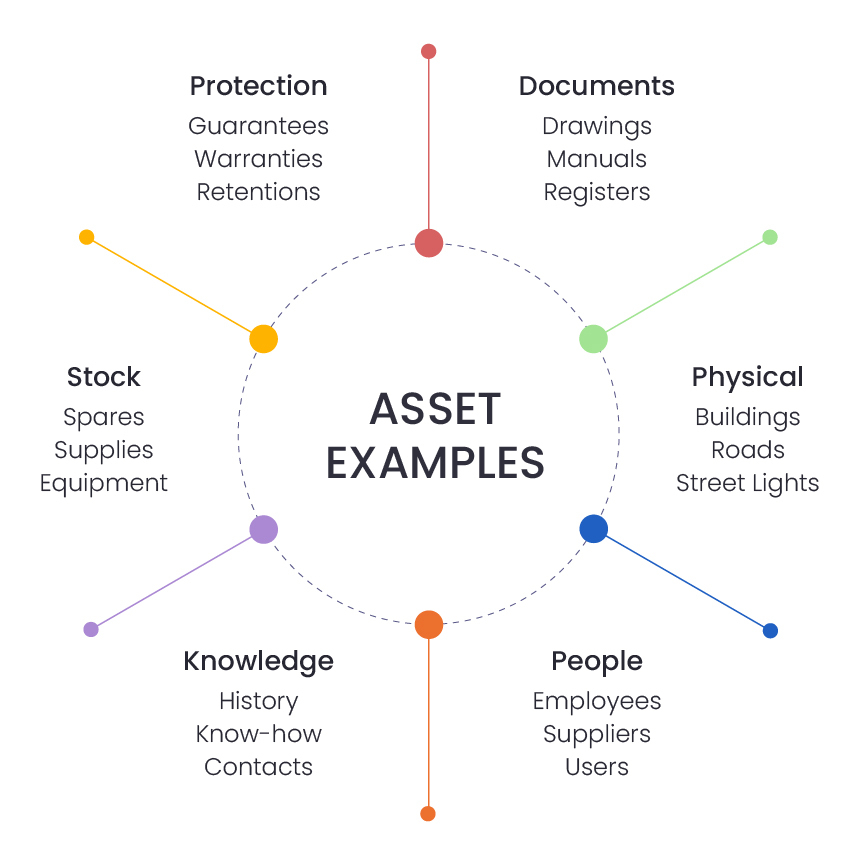
The question of how to assess and prioritise assets on a given project was discussed as part of the recent Handback to the Future event hosted by Addleshaw Goddard and
Partnerships Bulletin. The consensus which emerged from those discussions was that each project needs to be assessed on its own merits, and in the context of the strategy for future services, but that the established knowledge of those who have been operating the project and assets over the duration of the PPP contract will be a key component to a successful transition.
What happens to these assets at expiry?
For some of these items, the contract will provide direction. On many projects, the physical Assets which are the subject of the PPP contract will transfer to public sector ownership at expiry. The asset register and relevant contractual provisions on surveys (where they are due) will support that process.
There will typically be provisions for the associated documents to support the process and transfer, but many contracts pre-date digital record keeping and do not always give
clarity on data ownership.
Guarantees and warranties may need to transfer with the physical assets to which they relate and can be an important component of providing assurance on the condition or residual life of certain aspects. Stock and inventory, not just of spare parts but cleaning products, food and various other supplies, may be subject to a commercial negotiation on their value.
There may need to be a stock count arranged and an agreed position on how to value these assets. Those directly employed will be subject to a TUPE assessment of whether
they have the right to transfer. Specialists employed across multiple contracts may not be eligible and some staff may not wish to change employers.
Less tangible items like the know-how, established supply chain, and history are more difficult to capture as aspects related to the lived experience of the project and handovers of that information typically work best with overlapping periods rather than a fixed date. All of these Assets are important to the effective operation of PPP contracts. They are part of a complex delivery model that has evolved and developed over a long period. The contract provisions will not be sufficient to cover them all, and where they do exist, will assume a cliff edge for the transition which may not be practical.
The model for future service delivery that the public sector Authority pursues will have an important impact on what is needed. Establishing and communicating this future plan will help give a target for the planning and preparation being undertaken by the PPP parties.
Managing an effective transition out of the PPP contract while avoiding disruption to the end users is critical. Achieving this will need the stakeholders to discuss the various Assets and how to migrate them from the PPP delivery model to the future – a process that will need everyone working towards linked objectives if it is to be successful.
Bringing together a range of stakeholders to build momentum behind those objectives, while navigating the contractual landscape and taking account of practical issues, needs the right people with the right skills.
Further Reading

Procure, Mobilise and Manage a Future Solution
With expertise in securing robust value-for-money contracts across sectors, Vercity’s strategic facilities managers and asset experts can help procure, mobilise and manage contract expiry and the transition to a new arrangement.
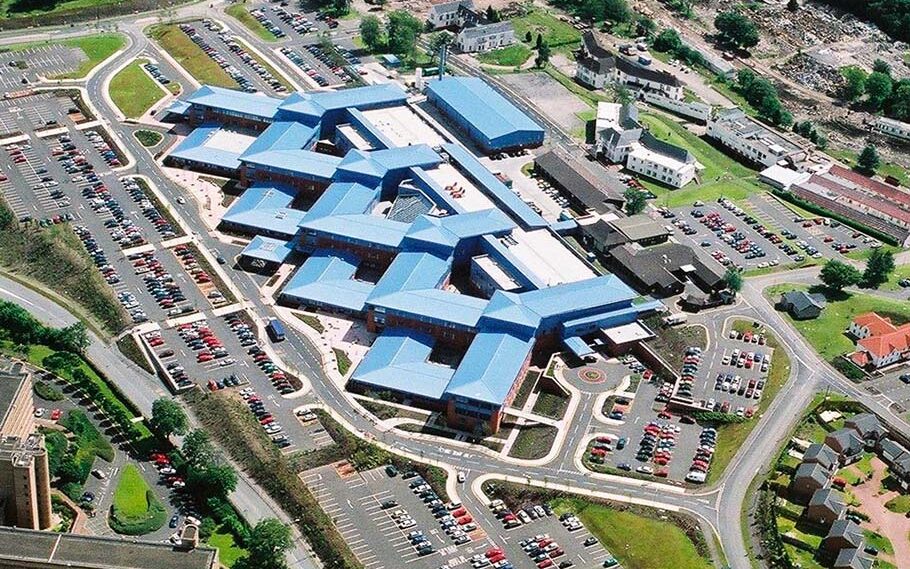
SPV & PPP expiry
As one of the largest Management Service Providers in the UK, Vercity can assist Special Purpose Vehicles in delivering their obligations and achieving successful contract expiry.
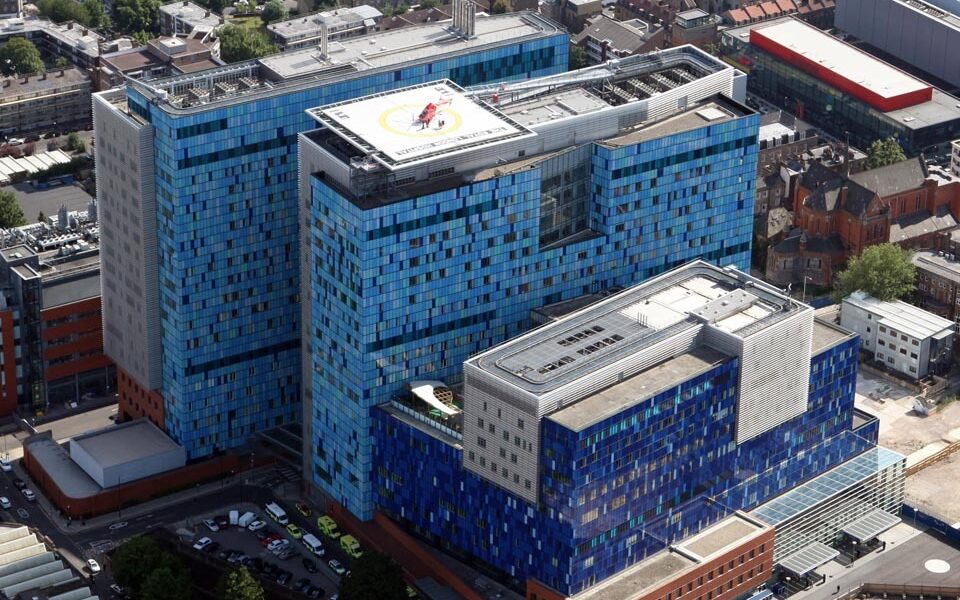
Facilities Management transition
With a track record of supporting FM delivery across a diverse range of sectors Vercity is well placed to assist on the expiry of contracts or the transition to a new post-PPP contract.
